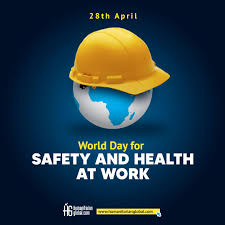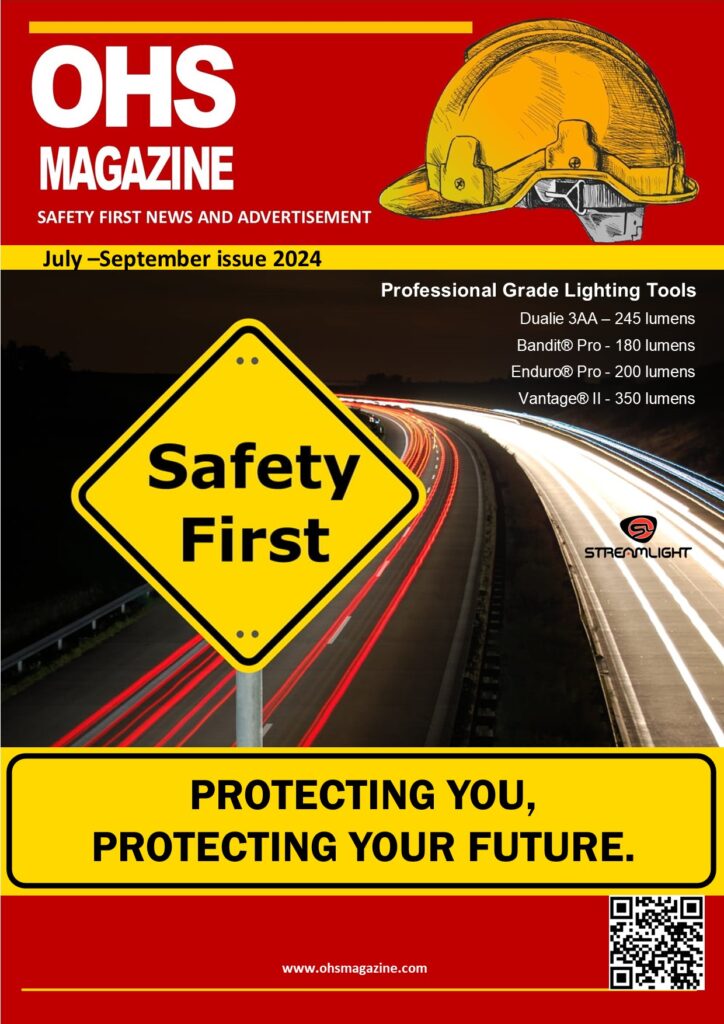From Compliance to Culture: Building a Workplace Where Safety is a Shared Value. In today’s dynamic work environments, safety must transcend regulatory checklists and evolve into a deeply embedded cultural value. While compliance with safety standards is non-negotiable, it is merely the foundation. The true transformation occurs when organizations move beyond enforcing rules and instead foster a workplace culture where safety is instinctive, shared, and valued by everyone—from frontline workers to the executive suite.
This article explores how leadership and safety professionals can champion this shift, cultivating a culture where safety is more than a policy—it’s a way of thinking, behaving, and caring for one another.
1. Redefining Safety: From Rulebook to Responsibility
The first step is redefining how safety is perceived. In many workplaces, safety is still seen as the responsibility of a designated team or department. However, in high-performing organizations, safety is a shared responsibility, woven into every decision and action.
Leadership Tip:
Begin with a clear, compelling vision of what safety means to your organization—not just compliance, but commitment. Communicate this vision consistently across all channels, and ensure it aligns with your company’s mission and values.
2. Lead by Example: Safety Starts at the Top
Culture is shaped by behavior, especially the behavior of leaders. If leadership does not prioritize or visibly engage in safety efforts, employees are unlikely to view it as a true priority.
Strategy for Leaders:
Regularly participate in safety meetings and walk-throughs.
Personally follow all safety protocols, even minor ones.
Share stories or reflections about safety incidents or near-misses during all-hands meetings.
recognize safe behavior publicly, reinforcing that safety is part of performance excellence.
3. Empower, Don’t Police: Engage Employees in Safety
A culture of safety grows when employees feel ownership. This means involving them in safety initiatives, encouraging feedback, and empowering them to take action without fear of blame or retribution.
Practical Tips:
Create safety committees that include representatives from various departments and levels.
Introduce anonymous safety suggestion systems.
Train employees not just to follow rules but to understand the “why” behind them.
Implement a “Stop Work Authority” policy where any employee can halt operations they believe are unsafe—without needing approval.
4. Integrate Safety into Daily Operations
To embed safety into the culture, it must be a part of the daily workflow—not a separate or occasional concern.
Ideas for Integration:
Open every meeting with a brief “safety moment” or discussion.
Incorporate safety performance into project reviews and KPIs.
Design safety into operations from the planning phase, not as an afterthought.
Leverage technology (e.g., mobile checklists, real-time hazard reporting apps) to make safety accessible and efficient.
5. Recognize and Reinforce Positive Behaviors
Behavioral reinforcement is key to cultural change. When employees are acknowledged for prioritizing safety, it signals that their actions matter.
Leadership Strategies:
Develop peer-nominated safety awards.
Highlight positive safety stories in newsletters or internal communications.
Link safety performance to performance evaluations and incentives.
6. Make Safety Personal
People are more likely to internalize safety when they see how it affects them and those they care about. Personalized safety messages resonate more deeply than statistics or mandates.
Engagement Tip:
Share real-life stories from employees or industry peers about the consequences of unsafe practices—or the benefits of safety.
Use visual campaigns (photos, posters) featuring actual employees with messages like “I work safe for my family.”
7. Continuously Improve: Measure, Reflect, and Adapt
A culture of safety is not static—it evolves. Continuous improvement must be a core component of your safety culture strategy.
Measurement Tools:
Conduct regular safety culture assessments or pulse surveys.
Analyze incident trends and root causes, not just incident rates.
Use leading indicators (e.g., near-miss reporting rates, safety observations) to assess proactivity.
Adaptation Tip:
Be agile—respond to what your data and employees are telling you. Revise procedures, invest in training, or adjust strategies to meet new challenges or gaps.
Conclusion: Culture Is the Real Compliance
Regulatory compliance is essential, but it’s not enough to protect your workforce or unlock their full potential. When safety becomes a shared value—integrated into leadership, decision-making, and daily behavior—organizations thrive. Fewer injuries. Higher engagement. Greater trust.
For safety professionals and leaders, the challenge is clear: don’t just manage safety—model it, nurture it, and let it define your culture.






